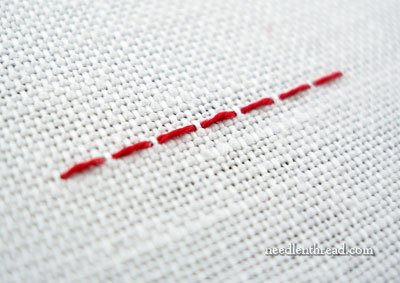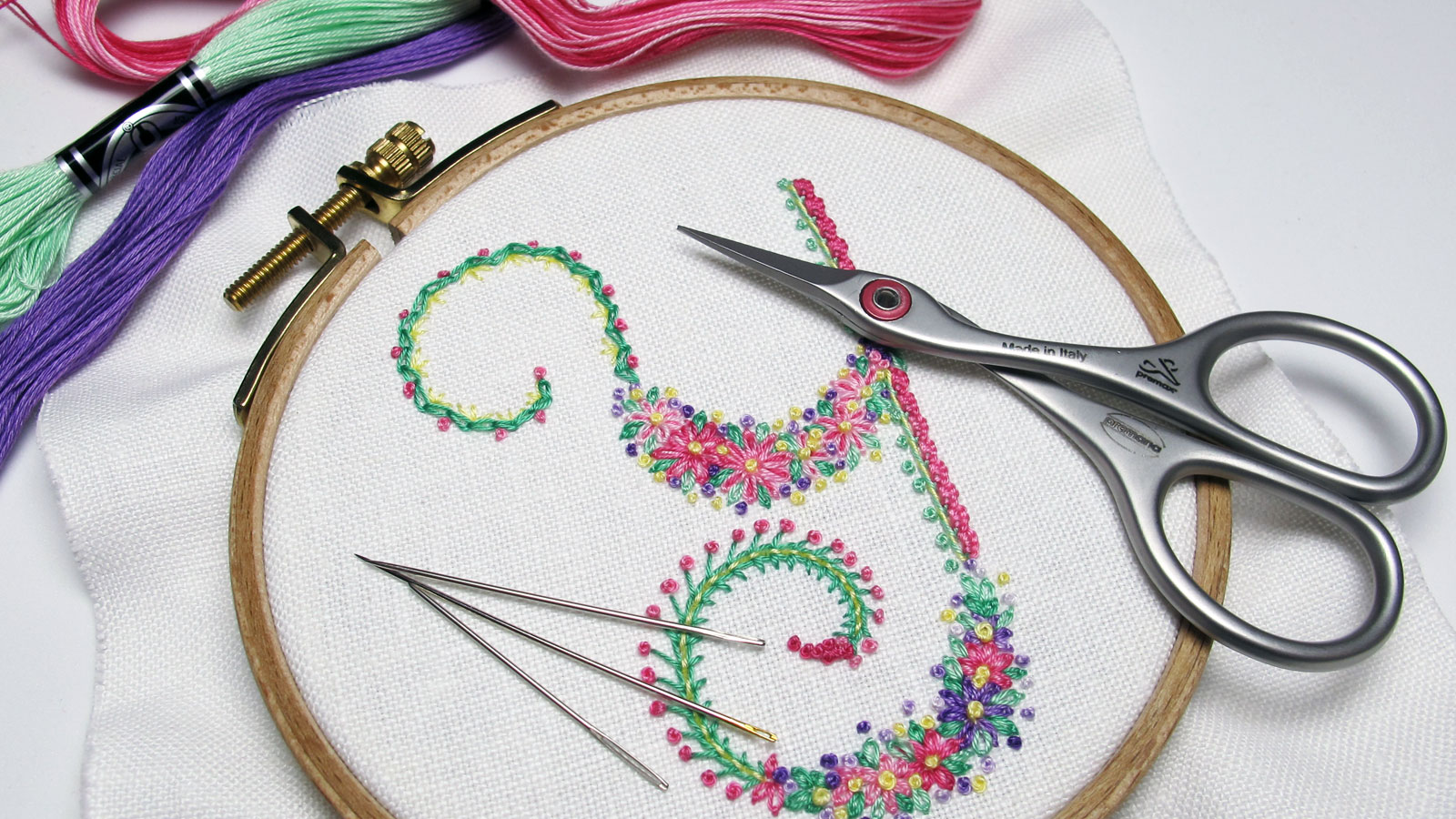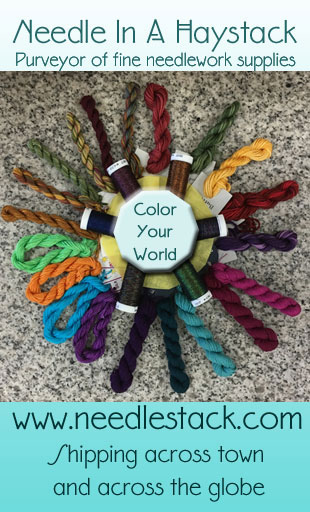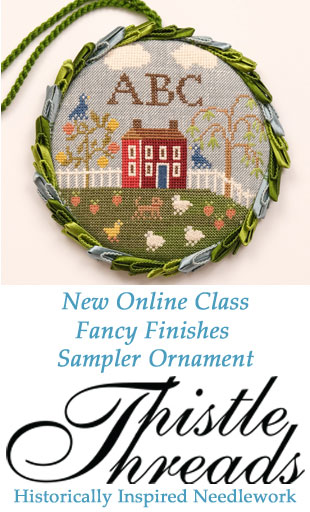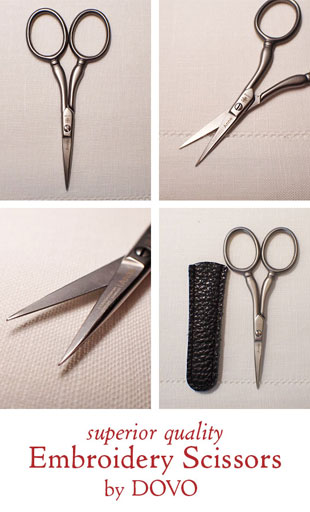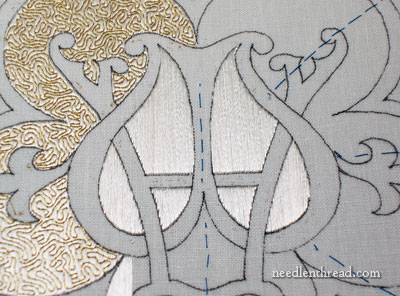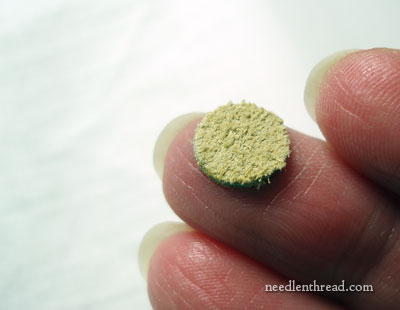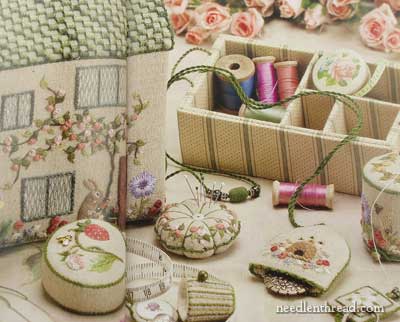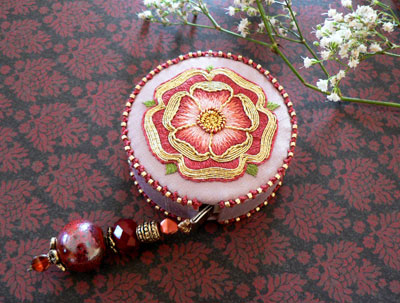It’s been a while since Yvette Stanton’s stitch dictionary, The Right-Handed Embroiderer’s Companion, hit the market. Her first book of the stitch-dictonary ilk was written for the left-handed stitcher, and is appropriately called The Left-Handed Embroiderer’s Companion, and when it came out, I reviewed it here on Needle ‘n Thread. It is the definitive stitch dictionary for the left-handed stitcher.
I wanted to review The Right-Handed Embroiderer’s Companion today for a few reasons: 1. I think it would make a great Christmas gift for any stitcher interested in surface embroidery, crazy quilting, counted work, drawn thread work…. (should I go on?). If you don’t already have it, you may want to add it to your wish list! 2. It’s a Really Good stitch dictionary, and I’ve been making use of it for a while now without actually giving any verbal credit to it. I refer to it often when I’m either deciding on a stitch to use or needing a refresher. When I get transported to that desert island to be forever stranded, limited in the number of embroidery books I can take with me, I’m pretty sure this book will be in the boat. Reason 3. It’s always nice to have a review to fall back on when someone inquires about “which stitch dictionary” to buy. This will hopefully give some insight into the book, so folks can make a good decision when judging among several available stitch dictionaries.
If you’re already familiar with the RHEC and you think this is “old hat” because it’s been available for a while, bear with me! If you’ve not heard of the book and you’re looking for a good stitch dictionary, this is definitely one you should add to your list of contenders.
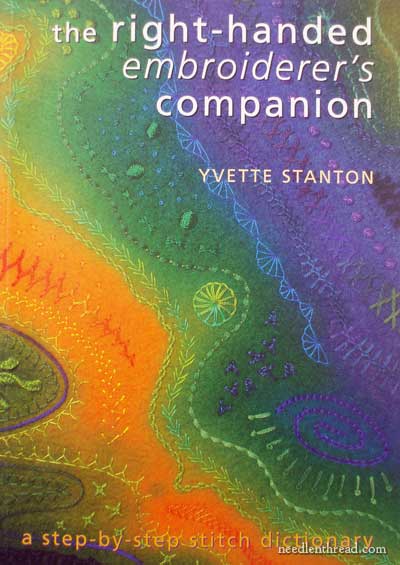 Continue reading “Right-Handed Embroiderer’s Companion – Book Review”
Continue reading “Right-Handed Embroiderer’s Companion – Book Review”
